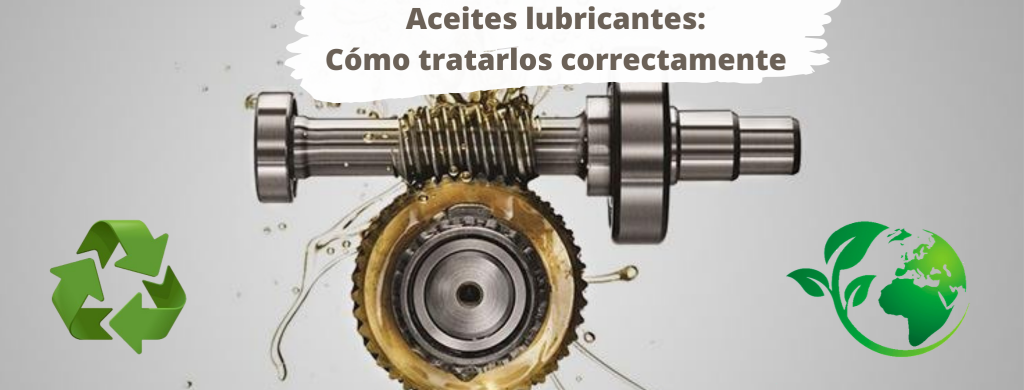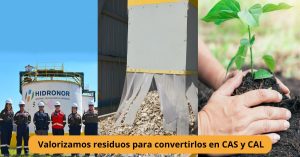Released February 5, 2021.
All industrial processes that require small or large machinery to function include in their processes the use of oils and lubricants. After use, these end up becoming one of the most polluting waste that exists, since exposure to high temperatures and pressure inside engines and machines eventually give rise to toxic substances and heavy metals which, otherwise, treated properly, they pollute the environment in large quantities.
The factors that make this residue in a highly polluting substance are its low biodegradability; capacity for accumulation and infiltration in living beings, land and water; the emission of toxic gases if burned, and the persistence over time of its harmful components.
Knowing this, it is important that companies become aware and responsibly take charge of the treatment of these used oils and lubricants, in order to contribute to the care of the environment and the goals established by the draft of the Rep. Law that stipulates collection and recovery goals for lubricating oils for the next few years.
To meet this goal, in the industry there are companies such as Hidronor dedicated to the correct treatment and management of hazardous and non-hazardous industrial waste, and As part of its services, it offers the industry the option to revalue, reuse and recycle waste such as residual oils, solvents, paints, batteries, various types of plastics, scrap metal, household appliances, among others.
Source: https://n9.cl/wmlfn
Draft Law: https://n9.cl/5xdcw







